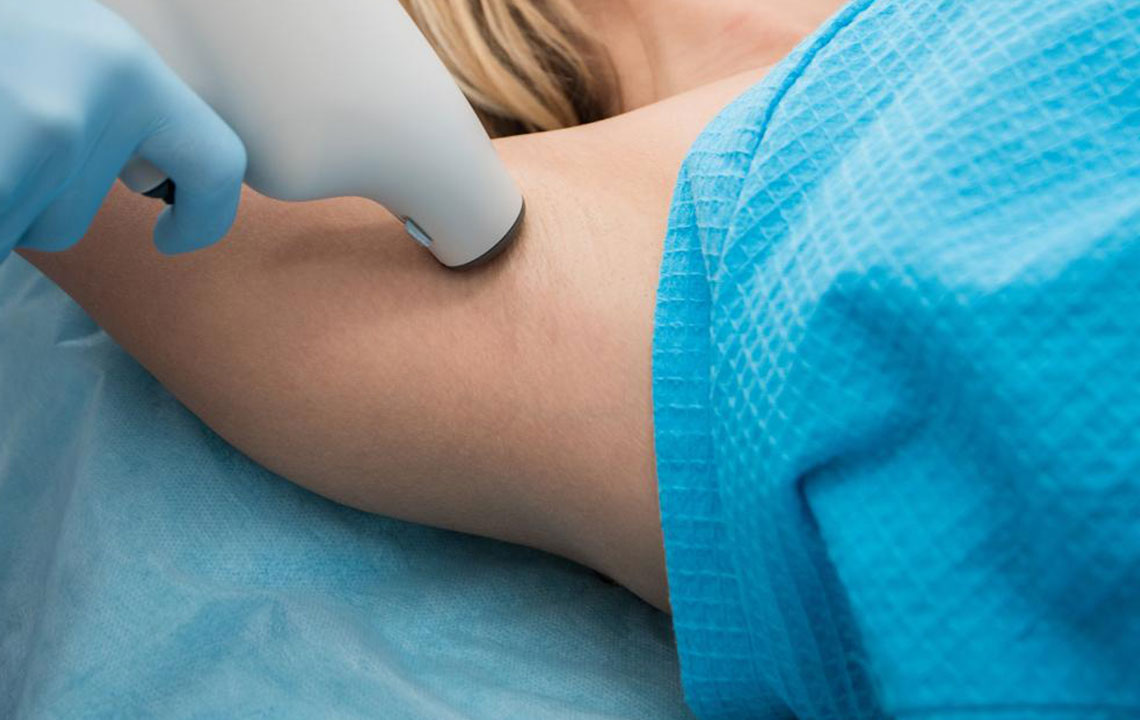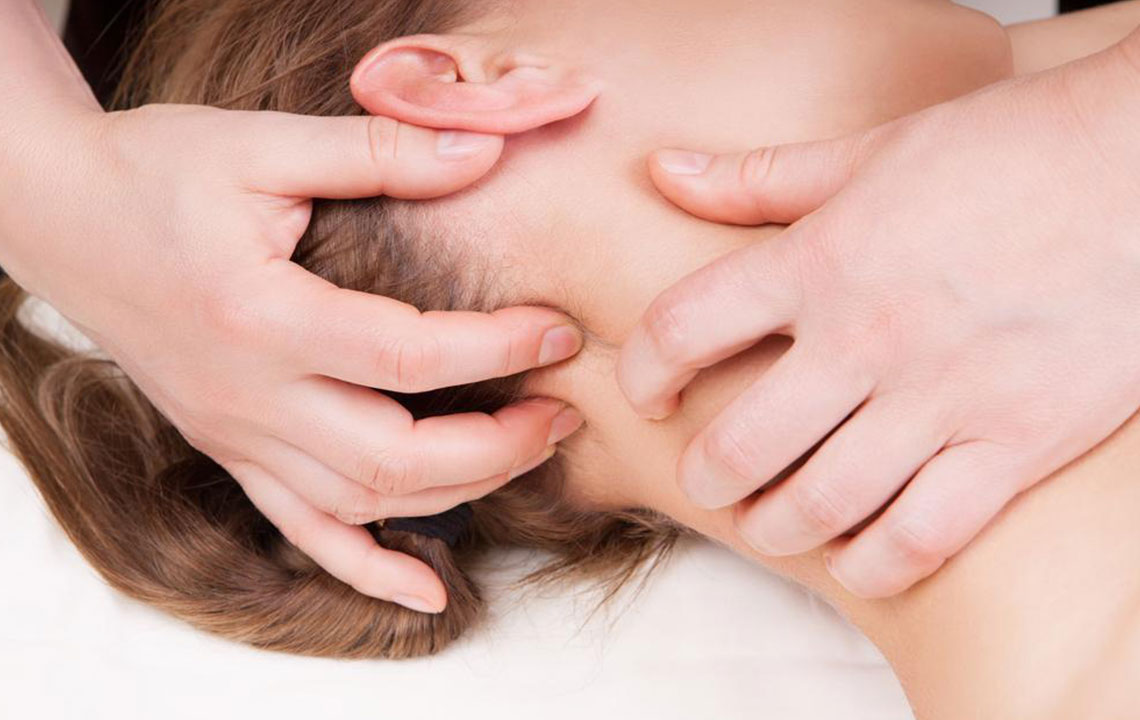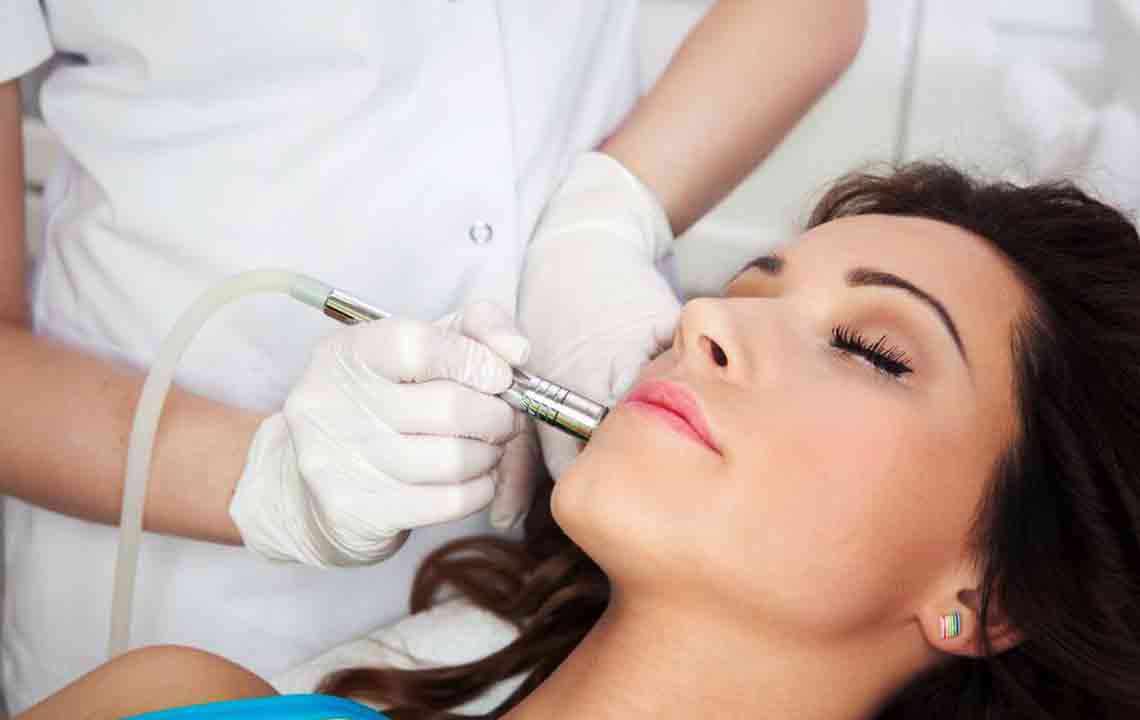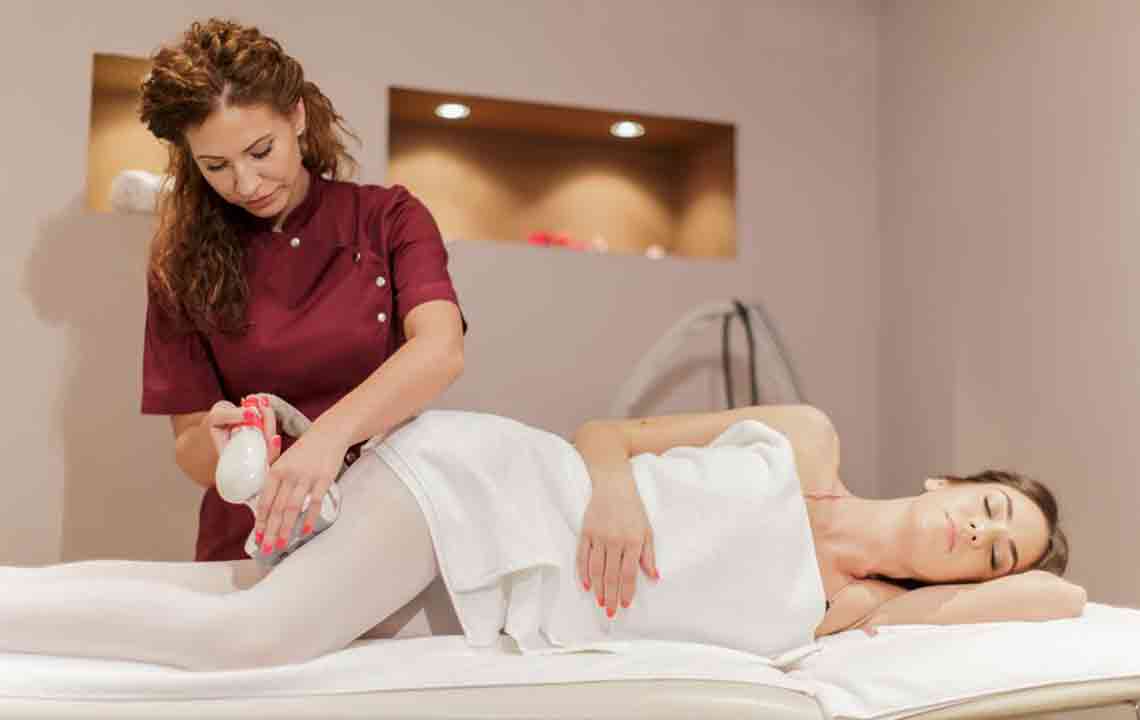Effective Strategies for Controlling Body Odor
Learn effective methods to manage body odor and excessive sweating through both basic hygiene and advanced medical treatments. Understand the causes of body odor and explore options such as antiperspirants, Botox, laser therapies, and surgery for severe cases. Regular cleaning and proper hygiene, combined with medical interventions for persistent issues, can significantly reduce body odor and improve quality of life.

Effective Strategies for Controlling Body Odor
Excessive sweating, medically known as hyperhidrosis, comes in two forms: primary (idiopathic) and secondary. Primary hyperhidrosis lacks a clear cause and is difficult to treat directly. In contrast, secondary hyperhidrosis is caused by underlying health conditions, and addressing these conditions can reduce sweating. Treatments for primary hyperhidrosis include physical barriers that block sweat from escaping. In severe cases, options like iontophoresis, Botox injections, microwave and laser therapies, or surgical procedures such as nerve severance and sweat gland removal are considered.
Sweat itself is odorless; odors develop when bacteria digest sweat and keratin proteins on the skin. This bacterial activity produces the smell associated with body odor.
Managing sweat typically involves two main approaches: using antiperspirants that block sweat glands or masking odor with strong fragrances. Many modern antiperspirant-deodorant products include mild antibacterial agents.
While armpits are common areas for odor, other regions such as the groin, around the anus, upper thighs, and feet can also become smelly due to sweat accumulation. Regular cleaning with antibacterial soaps and strong fragrances helps combat odor.
For severe cases, advanced treatments like iontophoresis, Botox, microwave, or laser therapy may be used. Microwave therapy heats targeted skin areas, cooling during the procedure, which lasts about an hour under local anesthesia; multiple sessions may be needed.
Surgical options include cutting the sympathetic nerve near the armpit or surgically removing sweat glands. Iontophoresis involves passing a mild electrical current through water into the skin, is painless, and takes 10-20 minutes, repeated weekly.
Botox is FDA-approved specifically for underarm hyperhidrosis, involving injections in 20-25 spots, offering relief for 12 to 14 months. Though painful, fine needles make the procedure tolerable.










